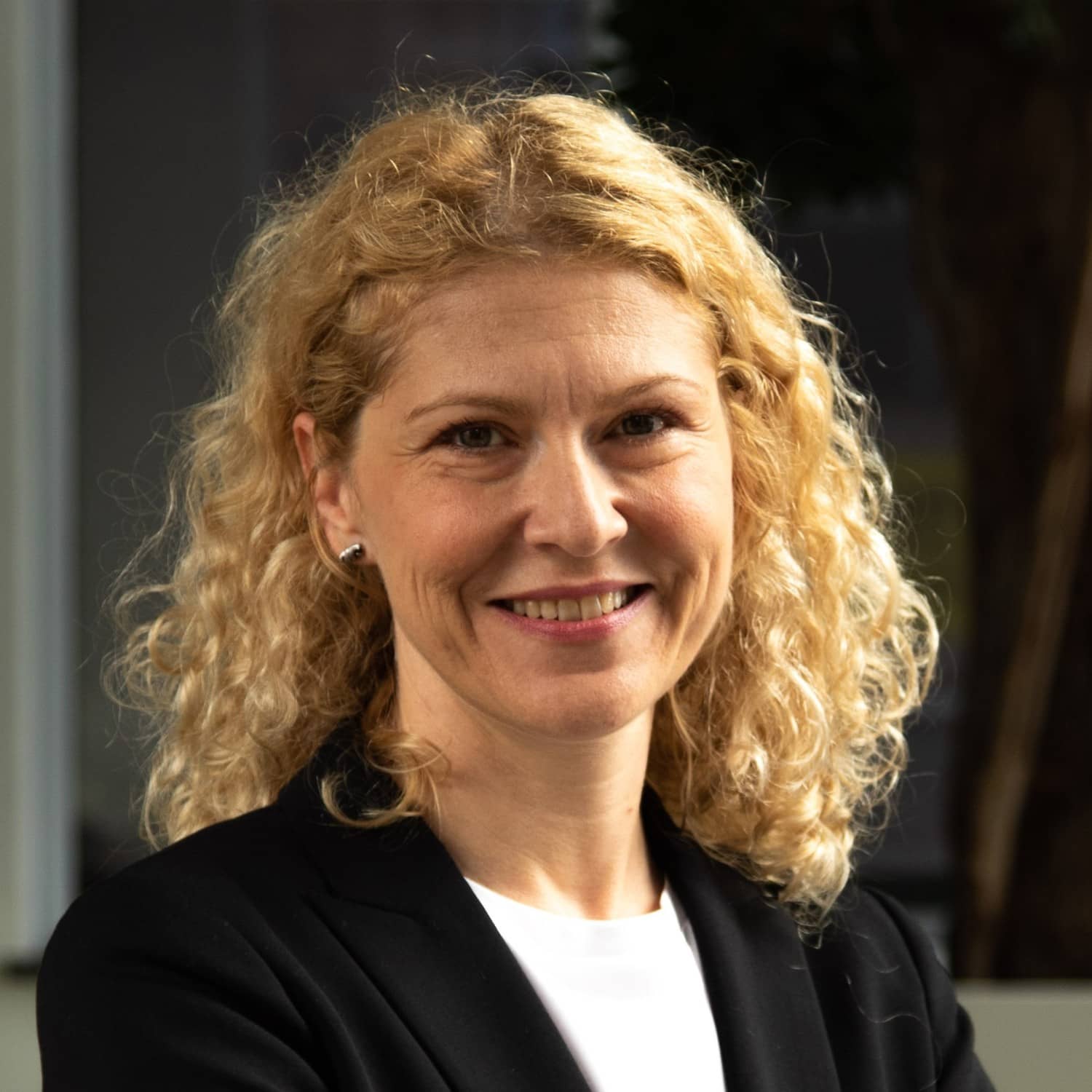Circularity and Systems
Complex Systems
Systems are called complex when they consist of a large number of elements each following relatively simple rules with no central control; their collective actions, however, allow for changing patterns of behavior to occur. Mitchell (2009) uses two definitions:
a system in which large networks of components with no central control and simple rules of operation give rise to complex collective behaviour, sophisticated information processing, and adaptation via learning or evolution.
And in addition,
a system that exhibits nontrivial emergent and self-organizing behaviours.
Complex systems change behavior to improve their chances of success and/or survival through learning or evolutionary processes. Phenomena of changing behavior are called emergent. These are hard to predict as complex systems produce information and signals from both their internal and external environments. When no internal or external controller exists, complex systems are called self-organizing.
Defining complexity is not an easy task; and therefore, many notions both temporal and structural are used. Most prominent are the notions of:
- Self-organization, and thus the capacity of a system to make its own structure more complex. It produces heterogeneity and unpredictability.
- Hierarchy, and thus the capacity of systems to form bottom-up sub-systems where central control is limited to coordinating towards the large system goal
- Resilience, as in a system’s capacity to survive and persist within a variable environment through continuous feedback loops
Another notion inherent in complex systems is non-linearity. In the next video, Andrej will explain the fallacies of linear thinking and the virtues of non-linear thinking.
Further Reading
- Tom Bosschaert – Symbiosis in Development, Making New Futures Possible. FutureLearn
- Mitchell, M. (2009). Complexity: A guided tour. New York: Oxford University Press.
- Morin, E. (2006). Restricted Complexity, General Complexity. In Worldviews, Science and Us, edited by Carlod Gershenson, Diederik Aerts and Bruce Edmonds, 5–29. University of Liverpool, UK: World Scientific, 2007. https://doi.org/10.1142/9789812707420_0002
Interested to read how the notion of complexity affects learning? Or how complexity has influenced architecture? Read through the first part of ‘Our Position Paper on Education’ here.
